From Fail Blog:
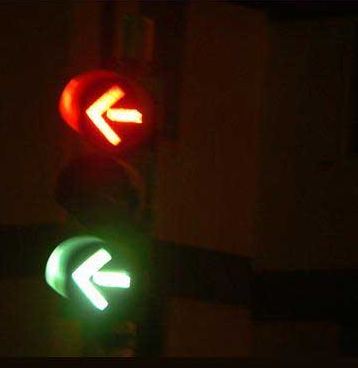
Regina Hackett takes her Art to Go
From Fail Blog:

Previous post, The Ice Man Cometh, here.
Paul Kos, The Sound Of Ice Melting, 1970. (Thanks to Scott Lawrimore.) Click to enlarge.
Marking Portland: The Art of Tattoo opens June 20 at the Portland Art Museum. Anybody who lives in Portland with a tattoo or got one there could take a picture of it and be considered for inclusion. Because chief curator Bruce Guenther is himself solidly inked, I posted an advance here. (How many times do we get to look a semi-nude, buffed-out curator?)
Now that frat boys think nothing of covering their forearms in morning glories, however, tattoos don’t necessarily have the edge they once did, which makes the Northwest Film Center‘s contributions vital.
On June 21, the center will screen A Scarred History of Great Britain; July 25, Hori Smoku Sailor Jerry, and Aug. 20 The Mark of Cain, tattoos from the Russian Gulag.
About Sailor Jerry. Not a lovable old salt. Here’s his list of 7 Reasons Not To Get A Tattoo, via Cookie, which hung in Jerry’s parlor. We can quibble over which is most offensive. (I’m going with #3. ) But for taking a trip down memory lane with a pure product of old-time, outcast America, his movie can’t be beat.
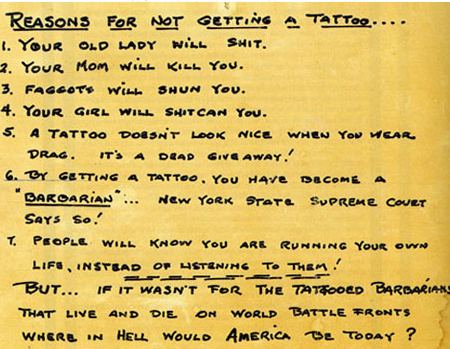 A few years ago in New York, riding the bus back downtown from the Studio Museum Harlem, I found myself sharing a seat with a lean wolf of a white guy.
A few years ago in New York, riding the bus back downtown from the Studio Museum Harlem, I found myself sharing a seat with a lean wolf of a white guy.
Three permanent tears ran down his face, which I believe could have alluded to an unfortunate encounter in prison. His white shirt rolled up with a package of cigarettes in a sleeve revealed a text: Born to Lose.The song hung in my mind and surfaced a couple of blocks later. Yes, I broke into unconscious song.
Suffice to say he was not amused. I was happy he didn’t belt me, as the don’t-hit-a-woman rule seldom applies in his circles. Later that night, tucked up in bed, I realized that the oddest person on the bus that day had a press pass.
Yes, it’s time to nominate candidates for Artist Trust’s annual Twining Humber Award for Artistic Achievement. ($10,000. Previous winners here.)
To win, you have to be female. (See Jerry Saltz for how well that’s working out, after 40 years of second-wave feminism. Here followed by here.)
You have to live in Washington State, that hotbed of visual art careerism.
You have to be 60 or older. (Old artists = forget about it.)
Yvonne Twining Humber was overlooked most of her life and distracted by the tasks that pull women away from being artists.
(Image: River Picnic, 1940. Click to enlarge.)
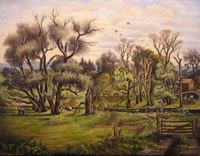 Yet she kept on. Relatively famous in Boston in her youth, she moved to the Northwest with her husband and promptly fell off the art map.
Yet she kept on. Relatively famous in Boston in her youth, she moved to the Northwest with her husband and promptly fell off the art map.
With the proceeds from the sale of her house, she set up this award as a shout out to other women in Washington state who find life getting in the way of art.
It was her way of saying, “You’re not alone; keep going.” Humber puts me in mind of Tillie Olson, whose stories of women buried alive under homemaking reflected her own life and meager art output.
A number of recomendations, although the output of none could be called meager. (NOTE: I deleted a few names from the original post for the excellent reason that the artists who answer to them are not yet 60.)
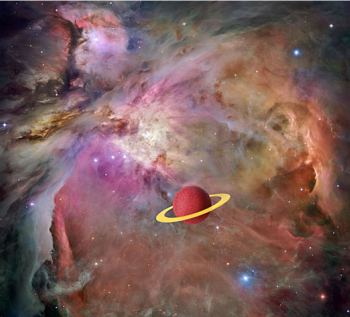
As a two-time Pulitzer Prize winning political cartoonist, Dave Horsey has every reason to feel good about himself, and he does. On his Hearst-sponsored Web site, he looks as if he’s channeling John Wayne.
At a party for the new PI, Horsey welcomed the assembled “to the revolution.”
It’s no secret that the media world is being turned upside-down, and as in any revolution there is some pain and discomfort in all the changes. But there are also incredible opportunities. Something new is being born, and I think we’re giving birth to it right here.
He was referring to the online-only PI. How can a shadow of the old be a model for the new?
Unlike more than 80 percent of his former colleagues (including me), Horsey wasn’t shown the door. And unlike the few who remain (except freelance), he did not have to give up his severance to remain employed (like Eric Nalder, directly by the Hearst Corporation). Nor did Horsey have to accept a big pay cut or lose other benefits.
Makes sense that he was favored. Hearst would be crazy to let him go, as he is the best editorial cartoonist working in what used to be called mainstream media. On the other hand, did he have to go that far in praising the ghost of a newspaper? Something new is being born with a shallow, once-over-lightly approach? Not only new, but revolutionary?
Thank God Hearst got rid of the dead weight, right, Dave? The people who insisted on asking pesky questions. Who needs them? The new PI can rewrite a press release and post that puppy before it has time to pee on the carpet.
On Wednesday Horsey aimed another kick at the departed.
[Read more…] about Dave Horsey derides his former (fired) PI colleagues
Bert Long colors his.
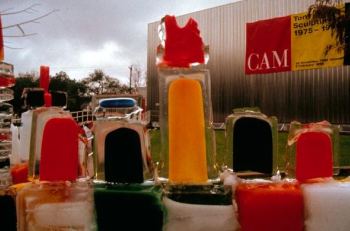
Dale Chihuly fills his with neon.
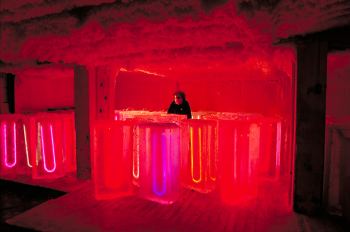
Tavares Strachan doesn’t want his to melt (death arrested).
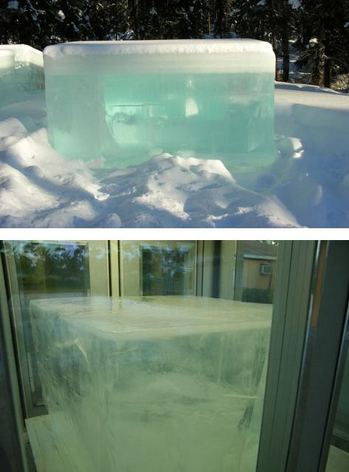 Neither does Marc Quinn, who made his from his own blood.
Neither does Marc Quinn, who made his from his own blood.
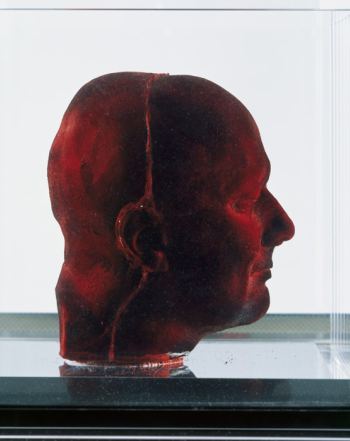 That leaves Jeppe Hein, whose work currently assays the puddle state in the center of the main gallery at Western Bridge, as part of its new exhibit titled Underwater.
That leaves Jeppe Hein, whose work currently assays the puddle state in the center of the main gallery at Western Bridge, as part of its new exhibit titled Underwater.
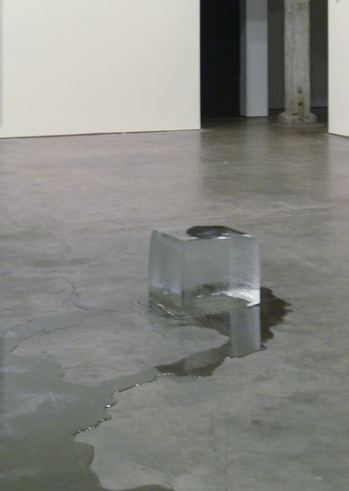 In every way I prefer the Hein, for its modesty, rigor and purity. Next to it, the others seem to have dressed for a costume party nobody was holding. Truth to materials is an old-fashioned idea. When it works, it can still knock the competition off the board.
In every way I prefer the Hein, for its modesty, rigor and purity. Next to it, the others seem to have dressed for a costume party nobody was holding. Truth to materials is an old-fashioned idea. When it works, it can still knock the competition off the board.
Debra Baxter is not interested in her early work, which features clouds. She posts no images on her Web site. Neither Howard House nor Massimo Audiello, the galleries that represent her, allude to it in any way.
(Baxter’s current show here. My review here.)
In the interests of getting me to leave her alone, however, she sent me a few images from her old world, created late in the 1990s into the mid-2000s.
The first I saw were made of powder puffs sewn together. They loomed with lumpy grace out from the wall, obviously clouds and something else too, carriers of an antique feminine code – the gangster’s moll who powders her nose as men plot murder.
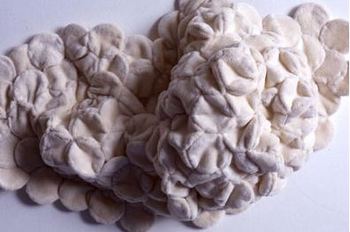 Powder puffs beautify their owners while being themselves quickly
Powder puffs beautify their owners while being themselves quickly
stained and discarded, just as despoilers of the land, made rich, move
on.
Quickly following were another series of larger, more imposing
powder-puff clouds, caught in the act of transforming themselves into
something more substantial, maybe the white cliffs of Dover.
When they mutated again, they had taken on an ominous cast, spreading
along a ceiling and down the seam of a wall like a fungus, a powdery
decay.
At the end, she was back to beauty in a big way. A single cloud hung
from floor to ceiling in the Platform Gallery. Made of silk tissue
paper, it billowed with a dainty grace in spite of its bulk.
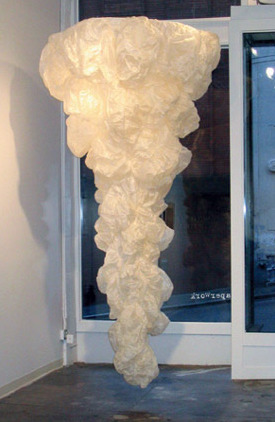 An exhibit
An exhibit
at Gallery 4Culture titled, The Cloud That Fell to Earth, was a tribute to Walter Tevis’ 1960s novel about a man who fell to Earth, too alien, tender and talented to thrive here.
The massive cloud made of cotton and felt clung to the ceiling as if it
feared falling. Wrapping itself around the gallery’s industrial air
ducts, its intensity was spineless. This pendulous portent, this baggy
monster, wanted to retreat and had nowhere to go.
In Spent, her cloud is a loogie hawked out of the sky to land with a muffling
thud on a pine tree. In the photo that pretends to document sky’s
insult to land, the pine tops a mountain, with white air surrounding
the tree as a kind of reverberation.
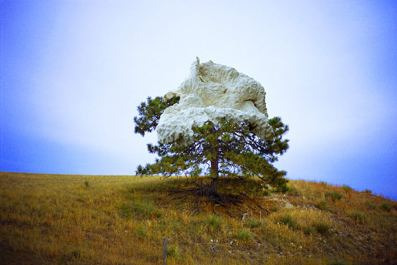 In a series of small photos collectively
In a series of small photos collectively
titled Portable Weather System, a cloud tries its luck in a
variety of settings and yet remains a stranger. It’s
strange on a lonely road, strange at the ocean and strange indoors.
Apparently, loony clouds can lose their place in the natural order.
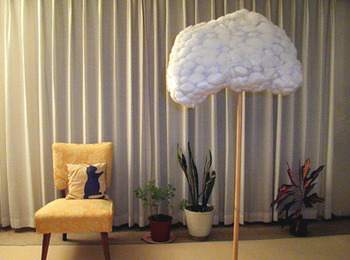
Me and My Cloud portrays Baxter as a nurse taking her
ailing air mass for a walk.
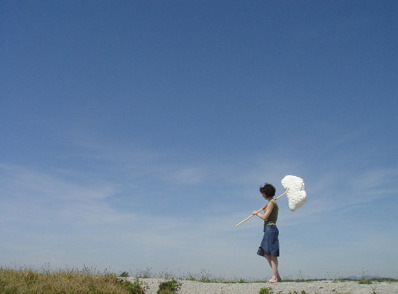
(Note: Mistaking it for a multiple, I deleted the first version of this review after posting it, which is a good trick. Now for my second trick: recreating the piece from memory, or what’s left of it.)
Art consists in going the full length. If you start with drums you have to end with dynamite, or TNT.
– Ravel, quoted in Henry Miller’s Tropic of Cancer.
Debra Baxter began with clouds. She tracked the drift of distant fairy palaces even as they fell splat onto a tree, like a gob of spit hawked from the throat of a hostile sky.
If the sky was going to spit on her, she might as well return to her studio, which she did, ending career as a landscape artist.
The objects she makes now bear a direct relationship to her body. (At Howard House through June 24.)
Suck it Up (carved alabaster and quartz crystal) 2009
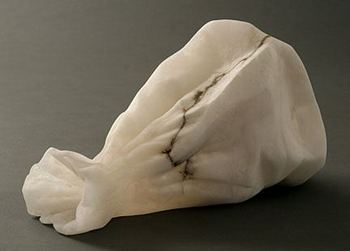
Jeff Koons began in similar territory in 1985, with Aqualung.
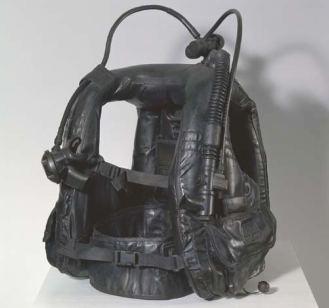 His is a generalized emblem of failure. Hers is intimate. One need not be in trouble to put on a life vest, but to blow into a paper bag requires a panic attack.
His is a generalized emblem of failure. Hers is intimate. One need not be in trouble to put on a life vest, but to blow into a paper bag requires a panic attack.
Baxter’s sculptures are the dead end of romance. If jukeboxes played visual art, Baxter could turn Jerry Lee Lewis inside out: You broke my will, what a thrill.
You Turn Me Inside Out Like a Glove. carved alabaster, 2008
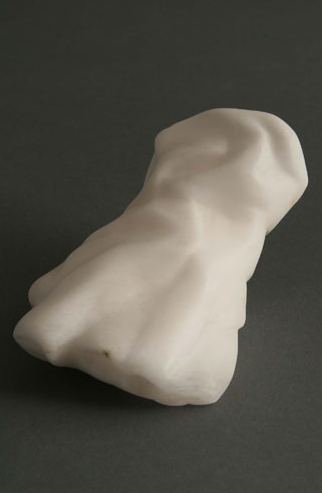 The lavish praise parents heap on their grown children cuts the heart, as it betrays an anxiety the child might otherwise not know the parent feels for her future.
The lavish praise parents heap on their grown children cuts the heart, as it betrays an anxiety the child might otherwise not know the parent feels for her future.
So Proud of You, 2007
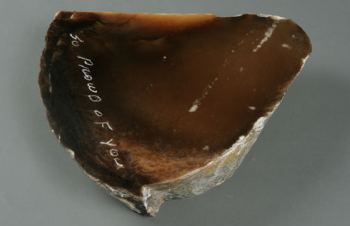 The partner who asks for a time out has all the power.
The partner who asks for a time out has all the power.
Time Out. Glass, sand, sterling silver, African wonder stone, 2009
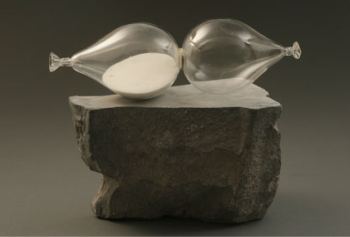 You can say anything to a loved one. The open channel of heart-to-heart communication seals the deal. Right? What could go wrong?
You can say anything to a loved one. The open channel of heart-to-heart communication seals the deal. Right? What could go wrong?
Speed Bag (Love Tap) 2007
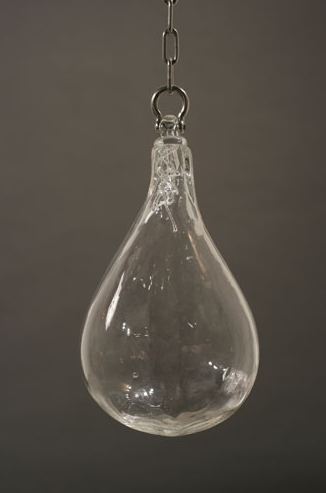 The artist paring down for purity might, depending on her materials, release slivers that burrow into her lungs, making the process of making art a fatal attraction.
The artist paring down for purity might, depending on her materials, release slivers that burrow into her lungs, making the process of making art a fatal attraction.
Dust Mask (Catching My Breath) alabaster, sterling silver 2009
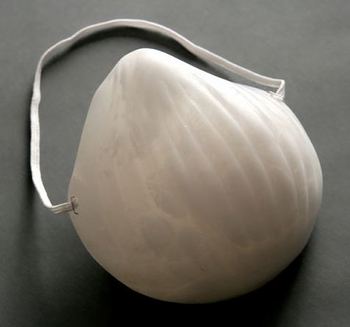
There is nothing wrong with this exhibit save for the exhibit itself. Heidi Hinrichs, the great master of the material forlorn, is in the front gallery, Baxter in the back. To counter the spell Hinrichs casts, the second artist has to engage the work by batting the ball back or be so completely different than comparisions don’t occur.
Baxter can’t take either route, and she isn’t helped by the long brown ugly table on which her sculptures appear, as it makes her work look puny. Outside the context of the Howard House show, however, she’s golden.
an ArtsJournal blog


